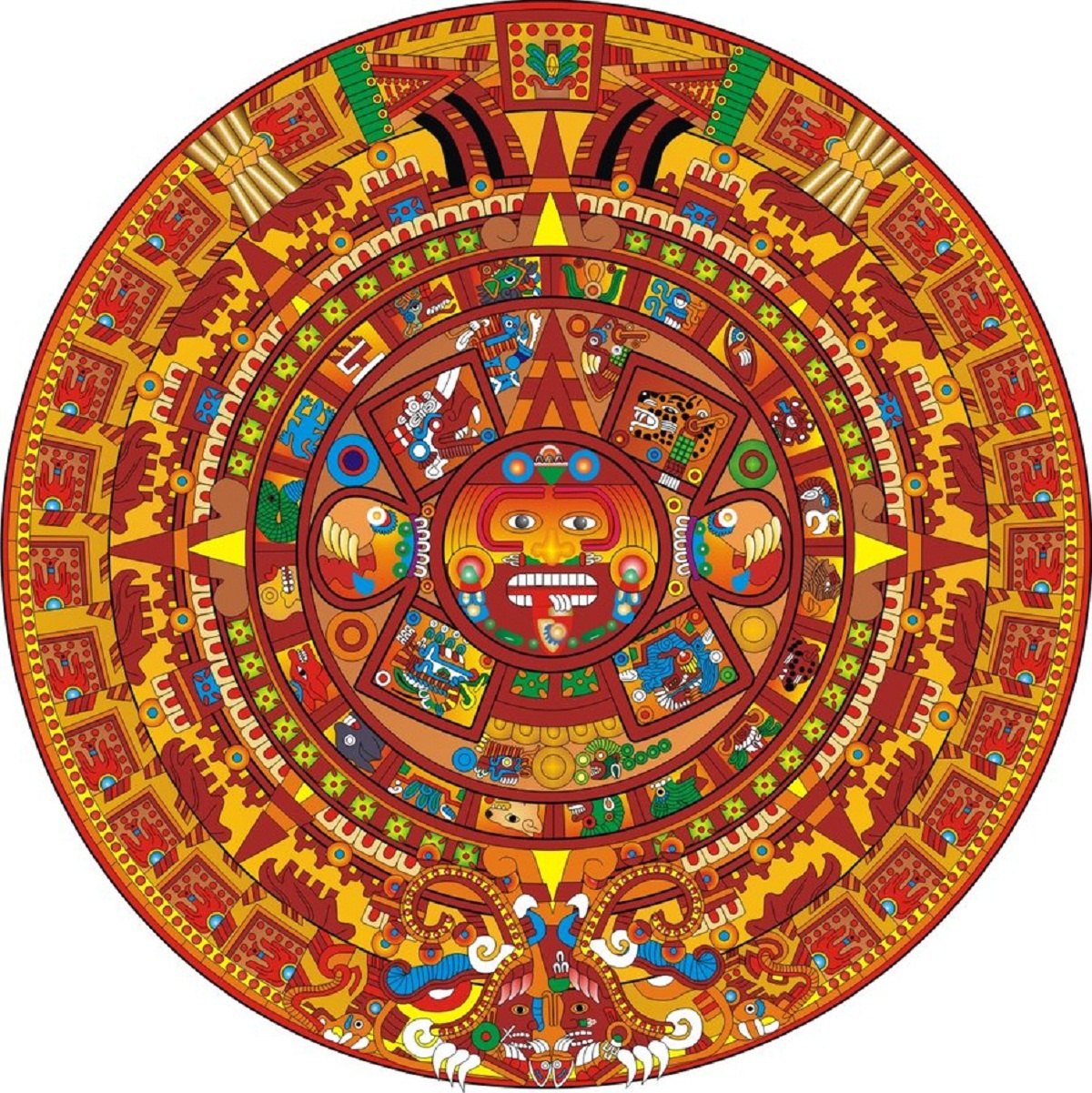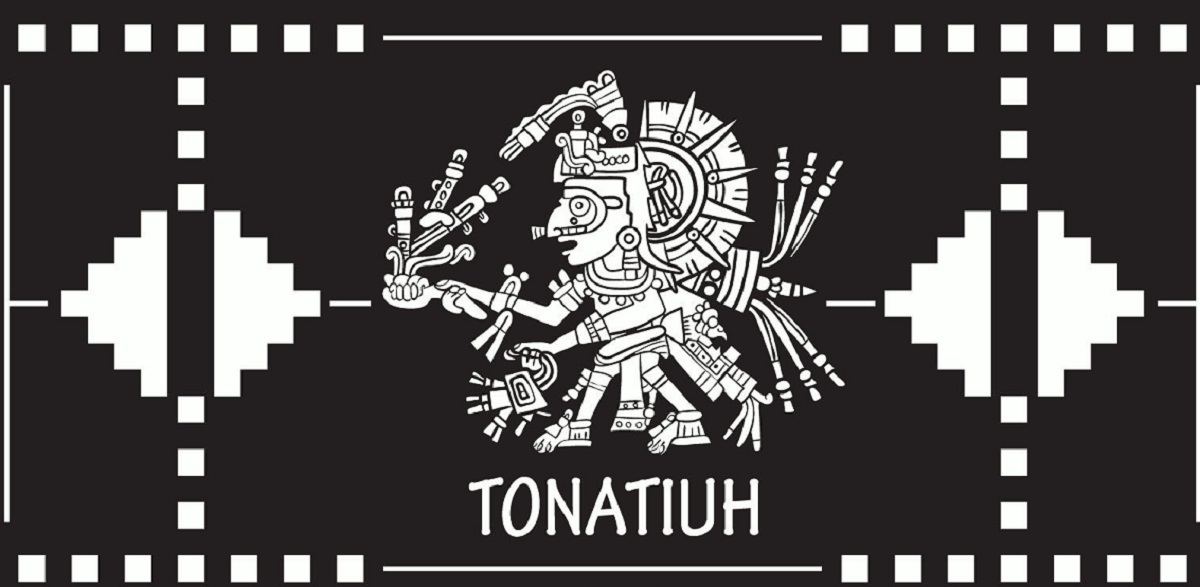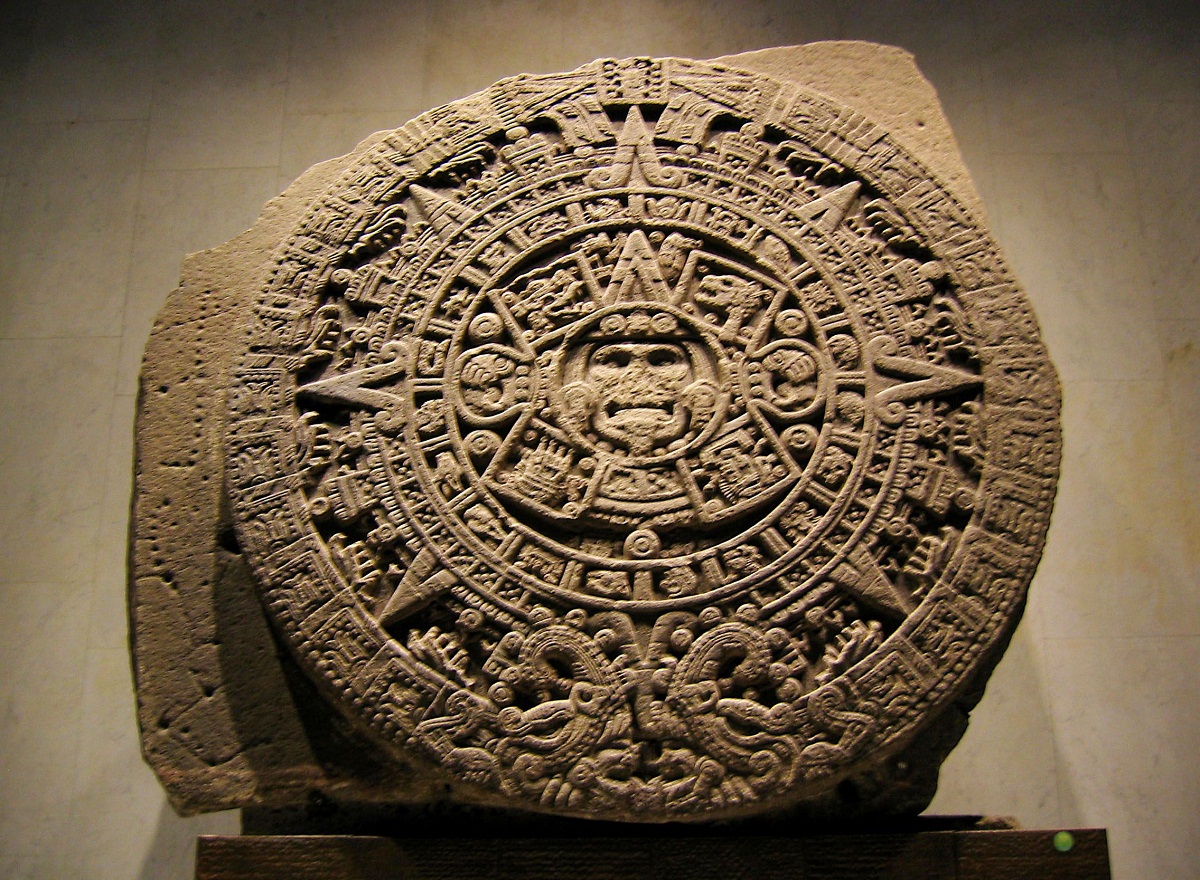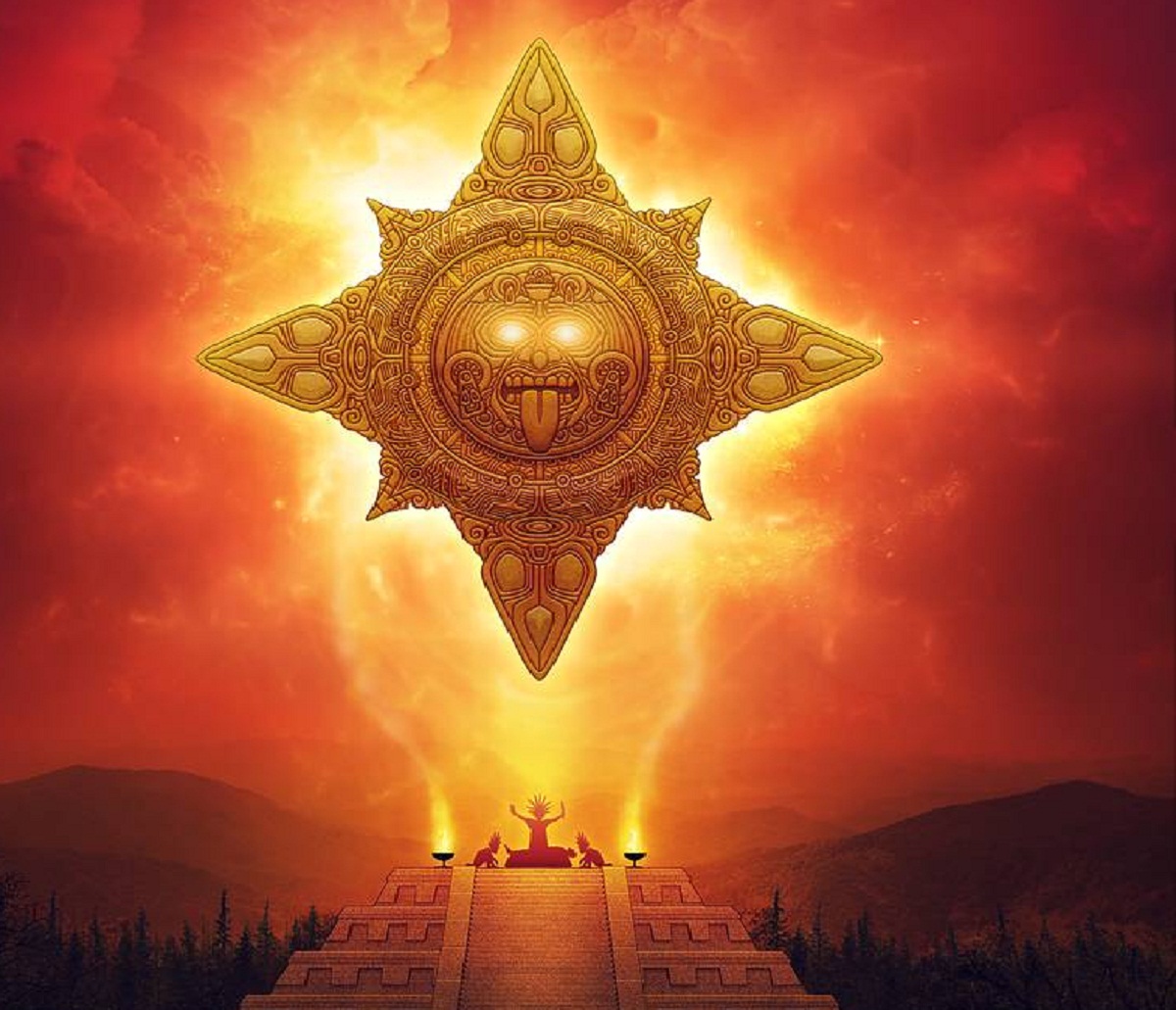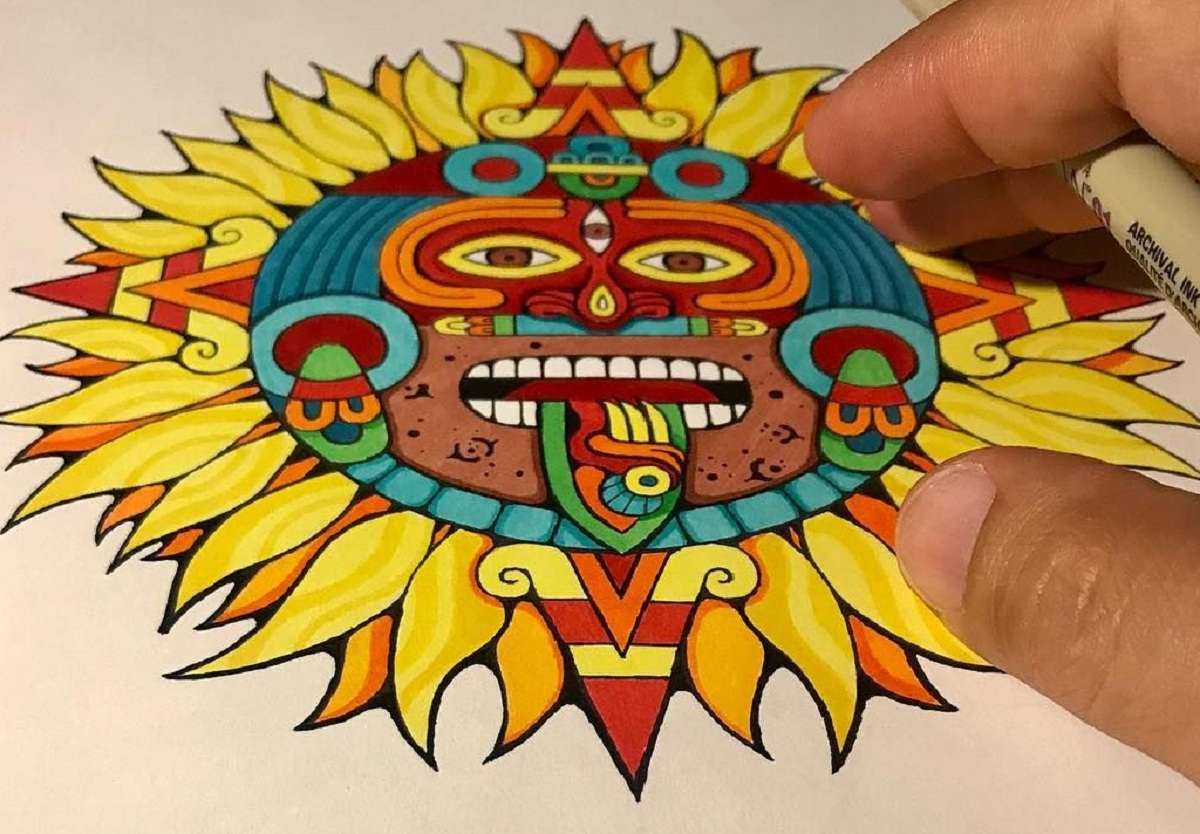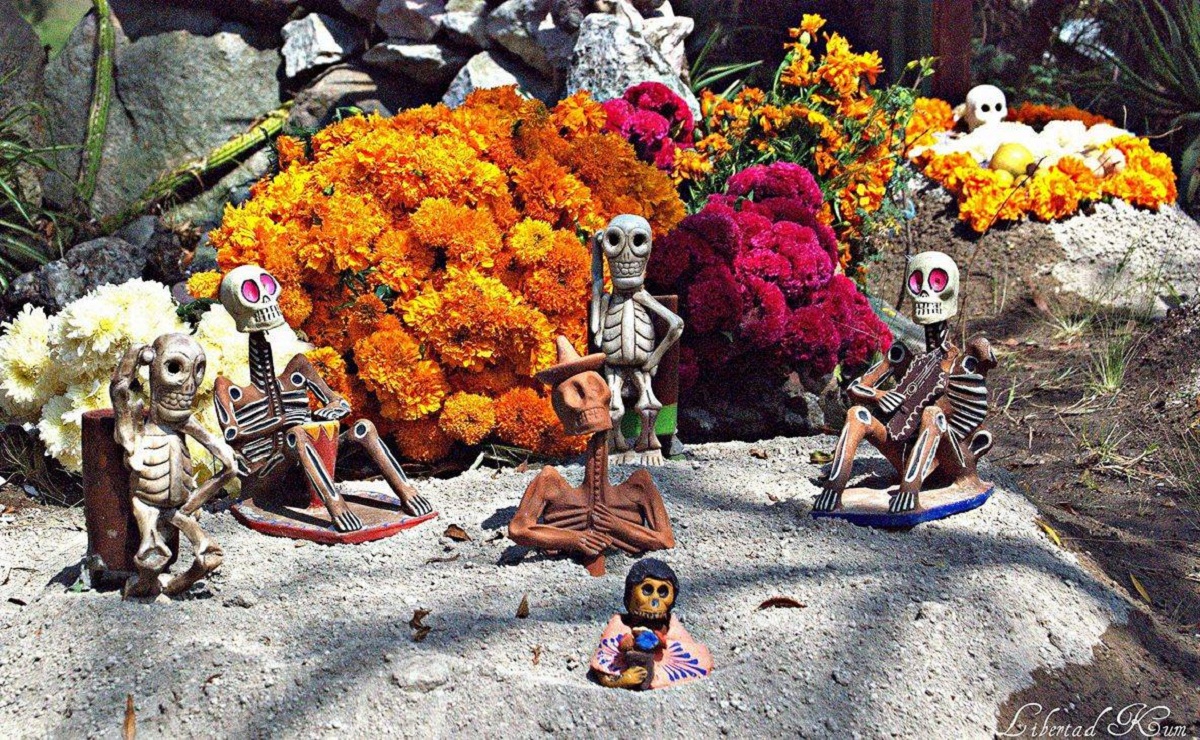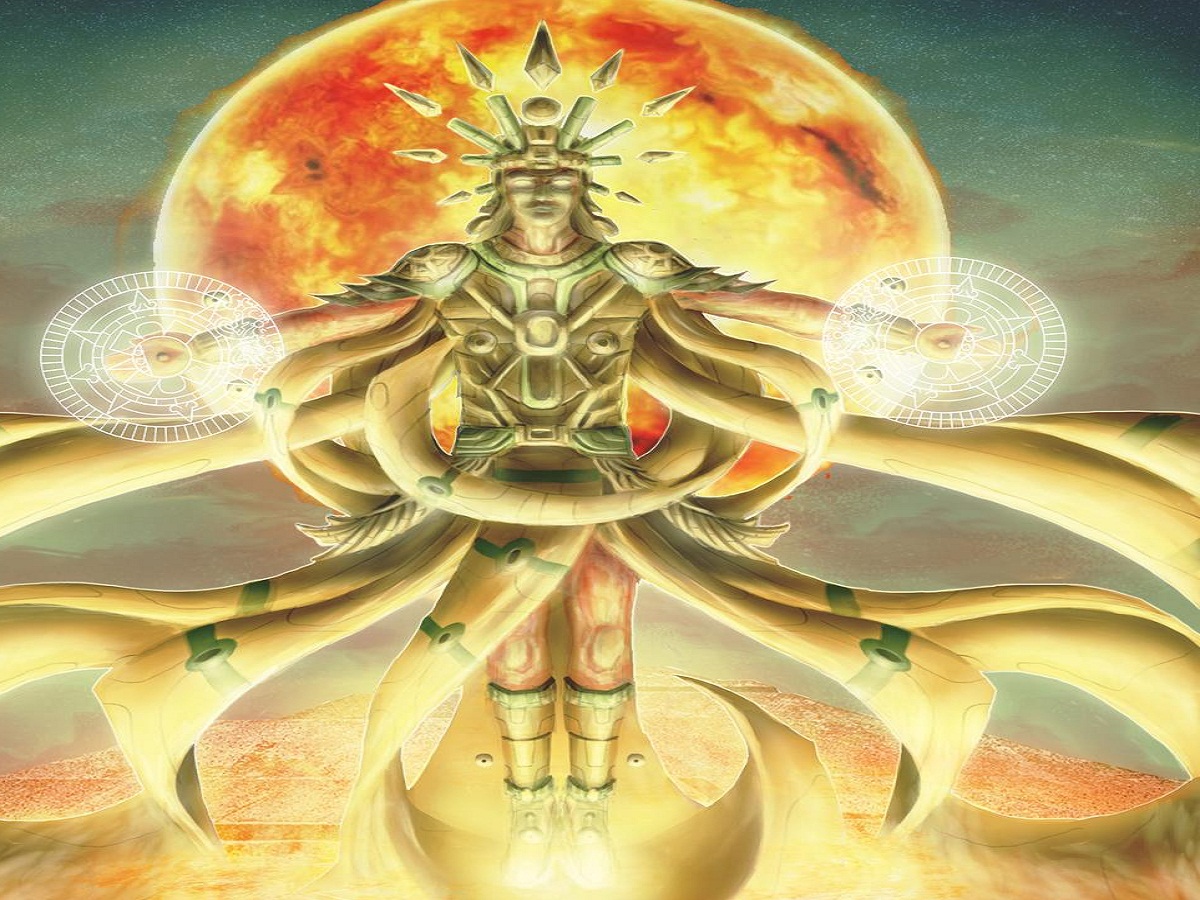Today we will teach you through this interesting informative post, everything related to tonatiuh, who was an Aztec god that symbolizes the Sun. In addition to some curiosities of this deity and much more, do not stop reading it! You'll be surprised!
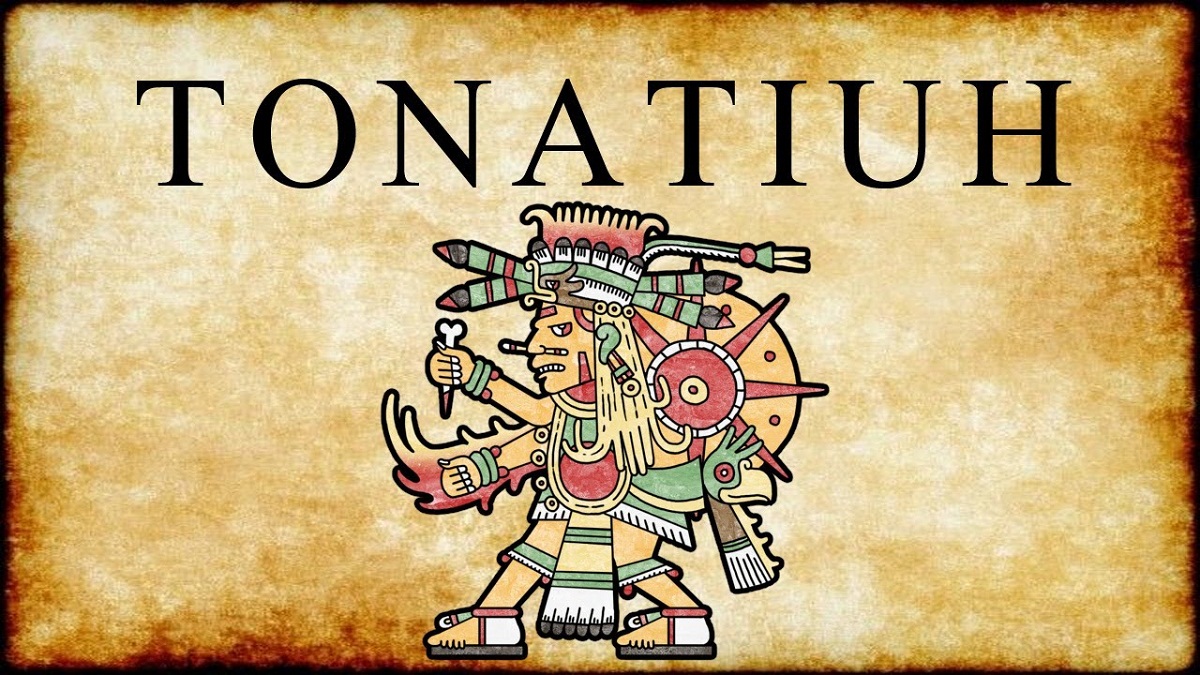
Who was Tonatiuh?
According to Aztec mythology, in this article we will talk about Tonatiuh, being a deity that symbolized the Sun god and was the leader of the heavens according to the thought of the Mexica ethnic group in pre-Hispanic culture. In addition, the term of the fifth sun was attributed to him. be the era it represented.
For what the Aztec culture maintained in its origins that Tonatiuh had taken control when the fourth sun was banished from the horizon because in their beliefs each sun symbolized a different god and reigned in a different era where the history of this mythology was being built. Mexican.
This mythology corresponds to the peoples of Mesoamerica and corresponds to the last era of this civilization and as detailed in the culture, each era ends with destruction, being in this era its representative Tonatiuh.
Legends regarding the birth of its history
Due to the multiple narrations that are made of the birth of Tonatiuh, in this article we will explain them to you so that you are aware of this Aztec mythological figure.
This mythology is also known by the name of Mexica and they had several gods and each one represented a time in the history of the Aztec ethnic group. According to the narratives of this mythology, the Earth and its inhabitants had been created five times and hence there were five sun gods.
Each sun god represented a certain time in the Mexica culture and at the end of his era all beings were destroyed and a new sun god had to be chosen. Therefore, there were four sun gods before Tonatiuh, being the following:
The first of them was Tezcatlipoca called the Tiger God, so at the end of the era the beings on earth were devoured by these animals that were giants. Then the second sun god named Quetzalcóatl appeared, whose element was the wind, so he was in charge of destroying the earth when his mission arrived.
The third sun god was Tlaloc, the god of rain, so at the end of his era the earth was destroyed with the rains flooding and ending all forms of life and then it was the turn of the fourth sun named Chalchiuhtlicue, this era also ended in rain but of fireballs.
According to the investigations carried out, the first two eras of Aztec mythology lasted around six hundred and seventy-six years and as for the third era or third sun, it corresponds to three hundred and sixty-four years.
The fifth was directed by Tonatiuh where it was characterized by the corn they used as food and in their thoughts the world would come to an end through an earthquake.
Among the legends that are commented on Tonatiuh in relation to the death of the fourth sun, a plan was devised to select the god that would occupy that place, for which only two gods were the most suitable to carry out this praiseworthy task.
Being Tecuciztécatl a very proud god but at the same time very cowardly and the other was Nanahuatzin who was a noble deity although very poor.
They were placed in front of the bonfire where the sacrifices that were known by the word pyre were made and the other Aztec gods commented to these deities that they should make their sacrifice in this bonfire called pyre.
So the god Tecuciztécatl began his entry into the bonfire but when he felt the burning on his skin he immediately left the bonfire due to this his skin was stained, which gave life to the narrations referring to the jaguar spots.
On the other hand, when the other Aztec deity Nanahuatzin entered the bonfire, a spark immediately came out towards the horizon and illuminating the night, from there the legend of the fifth sun was born, so its name means Tona to act as Sun and Tiuh translates as go.
According to Aztec mythology Tonatiuh was referred to the delivery to the sun god. This indigenous term was pronounced Toh-na-te-uh in the language of this Mexica culture and is translated into Spanish as:
“…The one who goes ahead brilliant…”
Being Tonatiuh the representative of all the warriors of this unique ethnic group through the company of the jaguar and the eagles as mythological animals. The cowardly god named Tecuciztécatl felt envy in his body and mind for observing that the poor god Nanahuatzin or Tonatiuh had become the fifth sun, so he returned to the pyre and evolved into another sun, but the minor gods decided to kill him with a rabbit that pierced it giving rise to the moon.
According to Aztec mythology they had to make two sacrifices per day for the deity of the Sun and if this did not happen it would move on the horizon to hide and not come out again, so the Mexica ethnic group agreed to two human sacrifices for what Tonatiuh fed with the heart after their battles during the night.
Tonatiuh according to the legends of the Mexica ethnic group was always accompanied by gods and goddesses, among them was Cihuateteo who had died after giving birth and was related to the element of water even if there was a flood or drought.
There are also other narratives that were written by a missionary of the Franciscan order named Bernardino de Sahagún who comments that after the sacrifices of the gods Nanahuatzin and Tecuciztécatl in a huge fire Tonatiuh rose to the very weak sky and thanks to the help of the god wind.
Named Ehecatl, who was better known by the name of Quetzalcóatl, he set it in motion. The following excerpt is extracted from this narrated story:
"... And they say that, although all the gods died, in truth, it still did not move... It was not possible... for the Sun, Tonatiuh, to continue on its way..."
«…In this way, Ehecatl did his job. Ehecatl stood up. He grew extremely strong. He ran and blew lightly. Instantly, the sun moved… As such, it continues on its way…”
He also comments in his writings that Tonatiuh the fifth sun is the transformed figure of Nanahuatzin, which is why this Franciscan makes other comments alluding to this deity in his texts, being the following:
“…When both had been consumed by this great fire, the gods sat down to wait for Nanahuatzin's reappearance; where, they wondered, he would appear. Their wait for him was long. Suddenly the sky turned red…”
“…Everywhere the light of dawn appeared. It is said that the gods knelt down to await the rise of Nanahuatzin like the Sun. Everyone around him looked, but they could not guess where he would appear…”
Such was the passion that Aztec mythology felt for the study of the sun that they were only surpassed by the Mayan ethnic group. This Mexica culture had developed its own solar calendar thanks to its interesting studies.
Today elements of his research remain in vogue, such as the sacrificial knife that was represented as a tongue.
In the solar disc Tonatiuh was symbolized with a sword and his whole body and face were red from the burns of the pyre's fire, even this Aztec deity is attributed the design of the flower that is used in the ceremony of the Days of Dead of Cempasúchil flower name.
Well, another of the legends says that two young lovers named Xóchitl and Huitzilin were in charge of ascending a very high mountain to offer flowers to Tonatiuh for which this deity thanks them.
In addition to smiling with joy every time these lovers visited him, Huitzilin lost his life in combat and this made the young Xóchitl feel very sad.
So Tonatiuh, observing her infinite sadness, decided to transform her into a flower and her beloved Huitzilin into a beautiful hummingbird that touched the Cempasúchil flower over and over again so that it would open and reconciliation and love between these two lovers took place thanks to Aztec mythological deity.
Representation of this deity
The Mexica culture symbolized the god Tonatiuh with a large number of ornaments because on his red face you can see earrings in the shape of a circle as well as a piercing in his nose with jewels and the hair of this deity was golden in color due to the tonality he obtained in the pyre.
It was adorned with a beautiful yellow gem, it was compared to an eagle and the hearts that it took as tribute were drawn on the claws of this beautiful animal.
The face of Tonatiuh is drawn on the solar disk. Among the most popular is the Axayácatl stone, which is also known as the stone of the Sun and the fifth sun is represented in the center of the stone due to its power and the other symbols around it. They date to the last four stages of the Mexica culture.
Due to the burning of his books by Catholic missionaries, few ancestral relics of Aztec history remain, which are known by the name of codices. In them, Tonatiuh is drawn with many pendants in a circle as well as a jewel bar in his nose and his hair were golden.
He wore a yellow gem related to jade as rings, they also represented Tonatiuh with the eagles in these interesting books of the Mexica culture and in these books he was observed taking the heart of the offerings.
One of the books where it is observed in greater detail is in the Borgia Codex where his face is painted with vertical bars of two different shades of red.
Regarding Tonatiuh, the power of duality was attributed to him for being the deity that allowed life as well as love in all generations of this important Aztec mythology.
For the Aztec ancestral mythology, it was of great importance to keep their Sun god in his own cosmic era, therefore it was the time of Tonatiuh and so that he could move on the horizon, he was given as an offering of daily human sacrifices, it is estimated that around 20.000 Human tributes were given to this deity annually.
But it is estimated that this number of deaths is fictitious and they used it to inspire fear in front of their enemies, among them the Spaniards who were interested in the gold of this Mexica ethnic group, therefore it could sully their history.
Therefore, in the Aztec solar calendar, Tonatiuh represents the deity of the thirteen solar days from his death until reaching flint number thirteen, since the previous thirteen days had been governed by another deity named Chalchiuhtlicue and before him it belonged to Tlaloc.
Among the symbols that accompanied Tonatiuh were the arrows and the shield, since he was a brave warrior, he is frequently drawn with a column of maguey to represent that he participated in the shedding of blood as a sacrificial offering.
The prevailing of the sacrificial offerings was also symbolized through balls of eagle feathers or with the drawing of this majestic bird that were possible signs of sacrifices.
Even Tonatiuh the fifth sun was represented with this eagle for the power to capture the life force of people by capturing their heart organ that allows the life of all beings is evidenced in some codices.
A skull that they have drawn on the end of the clothing of this deity or on his leg which represented the protection of this great warrior.
Referring to another deity in Mexica mythology such as Xolotl who represented the god of lightning and death as well as protecting Tonatiuh on the trips he made to the underworld.
For what it was represented as a skeleton of a dog and in the culture of this ethnic group it was believed that they were synonyms according to the worship of Nanahuatzin or Tonatiuh.
It is important to take into account that Tonatiuh was drawn with mutilated ears and tongue representing human sacrifice offerings.
Myth in relation to this Aztec deity
Day after day Tonatiuh the fifth sun appeared on the horizon and at sunset it died to give way to the moon and the next day this imposing deity was reborn again.
So this task was quite difficult and for the Mexica ethnic group blood was required in addition to human sacrifices so that Tonatiuh could gather strength and get ahead in his daily battle that he had to face.
Other forms that Tonatiuh required to nourish himself in addition to human offerings was through the rectitude of his people in a moral life full of virtues being honorable to the work performed.
In addition to showing courage in the confrontations they had towards other towns in order to dominate them but above all worthy and respectful.
Among the various narratives attributed to Tonatiuh, it is said that Nanahuatzin, that great noble god who sacrificed himself to become the fifth sun, did not appear, so the feathered serpent named Quetzalcóatl.
He decided to take the hearts of hundreds of gods with the intention that you be a sacrificial offering to feed the fifth sun. Due to this feat of the feathered serpent Tonatiuh appeared on the horizon with the maximum splendor of him but he was static.
High in the sky until another Aztec deity named Ehécatl, who was the god of the wind, took it upon himself to blow so that he could be in motion.
As for this trip that Tonatiuh had to make daily, the Mexica culture believed that it rose like an imposing eagle through the help of the warriors.
When descending at sunset, the spirit of the women who had lost their lives giving birth to their children were in charge of helping him face the battles against the moon and the stars to emerge victorious again the next day.
Tonatiuh's Attributes
Tonatiuh, the fifth sun, presents attributes as a benevolent deity since it provided the ethnic group and other living beings with sufficient heat for life and thereby also facilitated fertility, but for this to happen, sacrificial offerings had to be made.
Well, the representative of the warriors and they fulfilled their duty to Tonatiuh capturing prisoners to make the respective offerings in his name in order to expand his vast empire thanks to the protection of the deity of the fifth sun.
For this, the word Tlachinolli ATL was created, which translates as Fields burned in the water or flowery war. In these confrontations, the prisoners of the battles were destined as blood offerings for Tonatiuh.
A ceremony or ritual known as Huey Teocalli was performed where the heart of human offerings is removed. The warriors belonged to a sect known as the Sun Men in our Spanish language and in their language Quauhcalli was written because they were at the service of Tonatiuh.
The figure of Tonatiuh in the Codex Borgia
Tonatiuh was their fifth sun for Aztec mythology and represented movement and thanks to its name they placed the word nahui olin on the calendar, which translates as movement number four and thanks to these interesting books it is evident in the Early Postclassic art of this pre-Columbian civilization. Mesoamerica.
It was thought that their daily battle moving through the firmament to give light and warmth to the Aztec ethnic group was fed through the sacrifices they made daily so that Tonatiuh would protect them in turn.
Due to the studies they carried out of the firmament, Tonatiuh was confused with Quetzalcóatl with regard to the manifestation of a bright star at dawn, which in science is known as the planet Venus.
The Spanish and the myth of Tonatiuh
At the time of the Spanish conquest of the Aztec lands in the XNUMXth century, this ethnic group was surprised to see one of the explorers of Spanish origin named Pedro de Alvarado.
Well, he had hair between gold and red and his temperament was quite aggressive and violent and according to his demeanor the villagers believed that he was Tonatiuh in person.
From what can be observed regarding the investigations and descriptions carried out at that time in history, the Spanish conqueror named Bernal Díaz del Castillo referred to Alvarado from the Mexica ethnic group as if he were The Sun.
Castillo even narrates a meeting that would take place with Moctezuma II where Alvarado and Hernán Cortés were present, as well as other men, being the following:
“… the ambassadors with whom they were traveling gave an account of their activities to Moctezuma and he asked them what kind of faces and appearance… they replied that Pedro de Alvarado was very willing both in face and in person…”
«…who looked like the Sun and who was a Captain… from that time they gave him the term Tonatiuh which translates as Sun or the Son of the Sun and that is what they called him forever…»
If you found this article interesting, I invite you to visit the following links:
